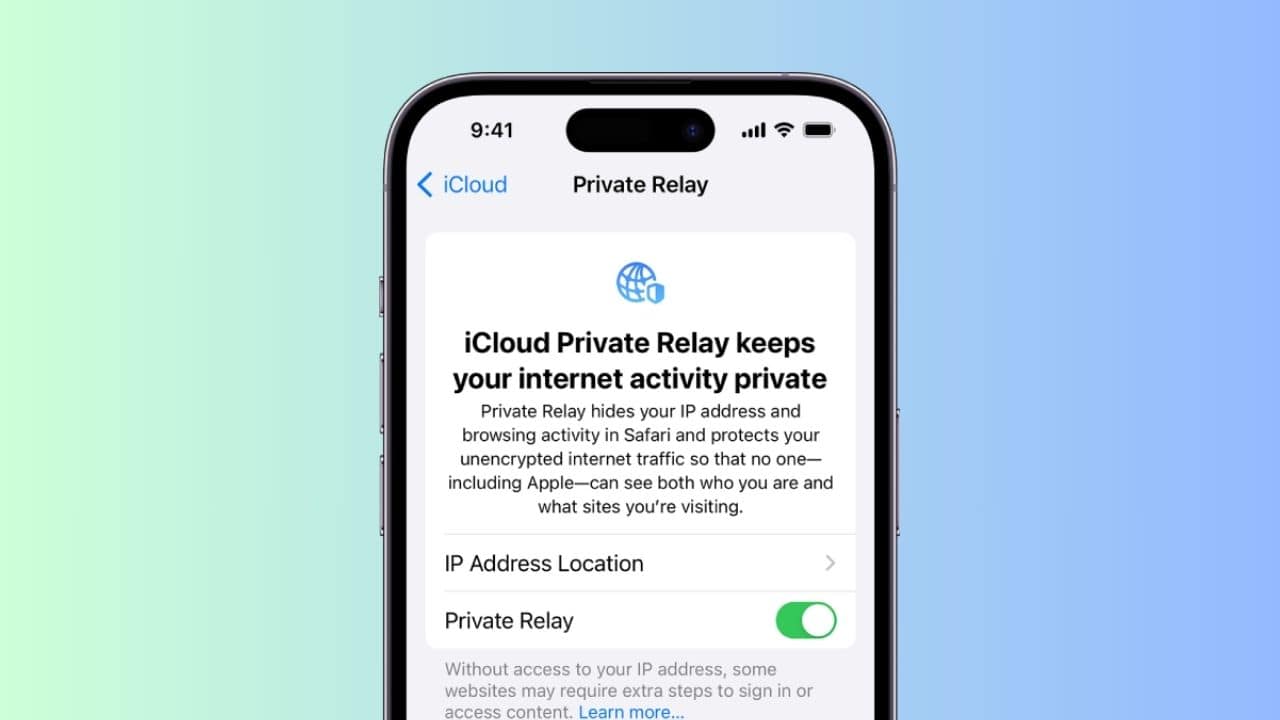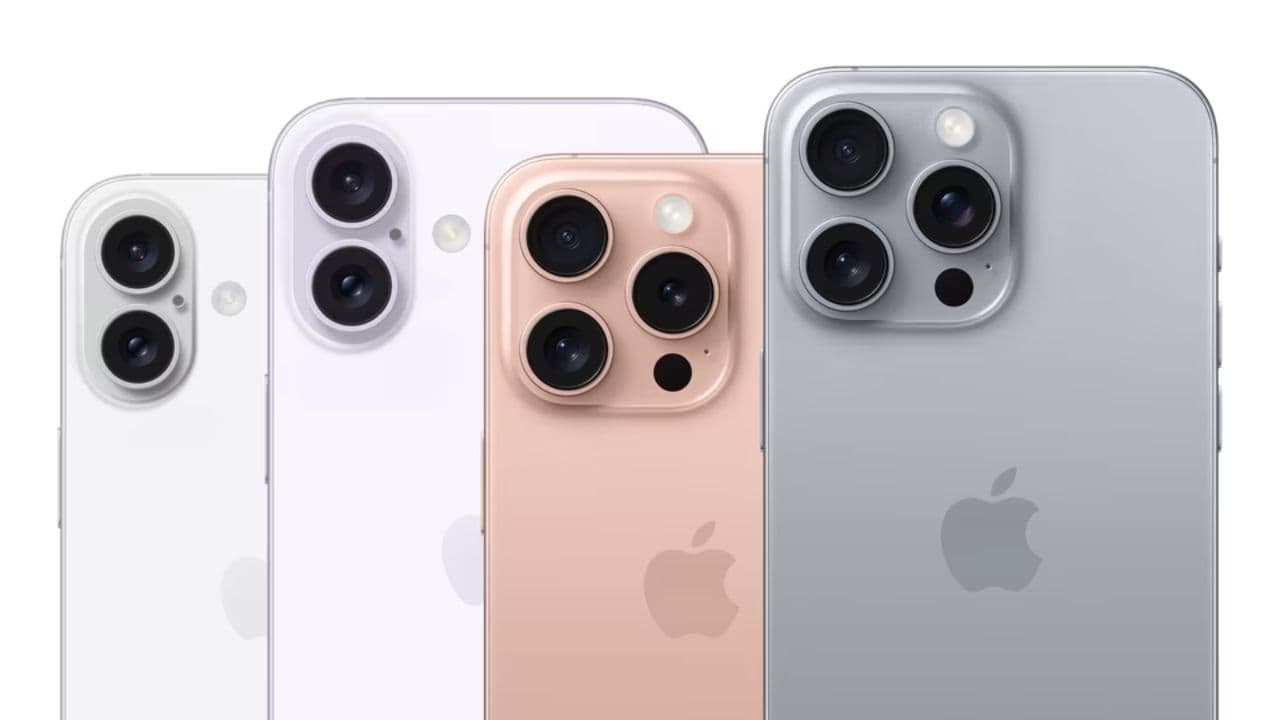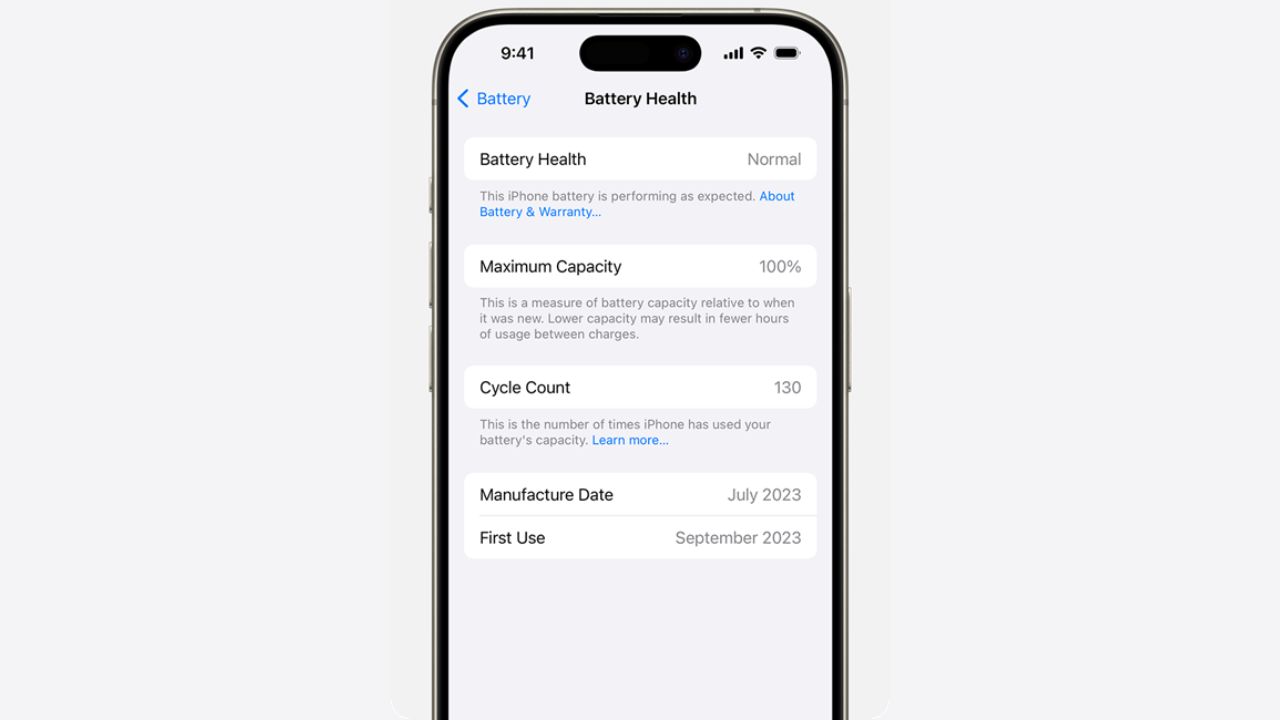Highlights
- MagSafe introduced us to magnetic convenience in iPhone charging.
- Concerns arising about MagSafe include its effect on battery health and health risks.
- Apple ensures rigorous safety features that make MagSafe secure to be used in everyday life.
Apple MagSafe has been one of the most significant, groundbreaking inventions in magnetic wireless charging technology for iPhone users. The entire idea of MagSafe is in the simplicity: snap the charger onto the back of your phone, and voilà. With every new technology, though, there are inevitable questions about safety.
Is MagSafe as safe as Apple touts, or are there some unrevealed risks that users should be aware of? Here, we’re going to delve into the world of MagSafe and explore how it works, considering common safety issues and giving practical tips on how to use it safely.
Is MagSafe Safe?: Comprehensive Guide
Get familiar with MagSafe
Before getting into the whole safety thing, understand how MagSafe works. It’s not a magnetic charger but a well-thought-out system to give you an enhanced wireless charging experience.
This technology has a ring of magnets inlaid into the back of your iPhone. These link to the MagSafe charger to provide a safe and centered connection. In addition to offering better and more efficient charging, this magnetic alignment opens up possibilities for attaching different accessories directly to your phone, such as wallets and cases.
The magnets help hold the charger in place, providing a reliable charge with no misalignment issues at all that are usually seen in traditional wireless chargers. But with the ease of magnetic attachment comes a question: How does this affect the phone’s battery and overall safety?

Safety Concerns and Mythbusting
How It Affects Battery Health
Of the numerous concerns voiced over MagSafe, one of the most common has to do with its effect on battery health. In general, wireless charging generates more heat than regular wired charging. Since temperature is one of the factors that cause battery degradation over time, the question is, does MagSafe pose a risk to your iPhone’s battery?
Apple has, in fact, thought of this concern and taken care with the MagSafe system to provide safeguards against temperature rise. That charger is intelligently designed and automatically adjusts its power output based on the temperature conditions of the iPhone. If the device is getting too hot, then the charging speed at that point reduces to avoid overheating.
This dynamic power management helps maintain the health of the battery in the long term so that extra heat generated by wireless charging may not result in significant battery wear.
Apple’s iOS software also works to protect your battery. For example, the optimized charging feature works by learning your charging pattern and saves the completion of charging beyond 80% when you need to use your phone. This minimizes battery stress. While that is true—wireless charging, including MagSafe, does generate heat—Apple’s technology limits any prospective battery damage.
Health Risks: Should You Be Worried?
Another concern that has been going around is the possibility of health risks from the magnetic field created by MagSafe.Magnets and any devices that use electricity raise red flags due to possible interference with any medical device or health problems it can cause with prolonged exposure.
It’s essential to understand, however, the strength of the magnetic field produced by MagSafe. In truth, the magnetic field that MagSafe produces is very weak compared to many other sources of electromagnetic fields, if not Earth’s magnetic field. Extensive testing and research showed that the magnetic field used by MagSafe is harmless to humans.
For people who have fitted pacemakers or other implants, Apple advises the MagSafe charger and accessories to be at a distance, as would normally be the case with any other magnetic device. It isn’t about some particular danger from MagSafe; it is taken as a general precaution with magnetic fields and sensitive medical devices.
Safety Features and Standards
Apple takes safety seriously, and several features are inlaid into their MagSafe system to ensure the protection of the user and the device against damage, besides delivering a safe and efficient charging experience.
Temperature Management
MagSafe does constant temperature sensing on the iPhone while it is being charged. If overheating does take place, the system will electronically cut back on power input to avoid it. Part of what keeps this component running smoothly and for a very long time is proactive temperature management.
Foreign Object Detection
Another critical safety element incorporated within MagSafe is its foreign object detection ability. It can detect when a foreign object, be it a metal object or even a credit card, is placed in between the charger and the iPhone. It will prevent the charger from transferring power into it to avoid overheating or damage in such instances. This feature works in both ways to protect the phone and other items that may accidentally come into contact with the charging area.
Short-Circuit Protection
The MagSafe charger has intrinsic protection, fitted by Apple, against short circuits. This means that, in the event of an electrical anomaly, the charger will shut down to prevent damage to the iPhone or the charger. This level of protection is very important to the general safety assurance of the MagSafe system.
Standards Compliance
Apple has strict safety standards and regulations across all products, and MagSafe does not lag. MagSafe meets all the required safety standards laid down internationally by various bodies on wireless charging technologies. Rigorous testing and quality control measures by Apple ensure that MagSafe is safe for use and reliable under different conditions.
Best Practices on MagSafe Safety
Although MagSafe is designed to be as safe and user-friendly as possible, some small tips could always help make it even safer and more practical.
Use Official Accessories
Only official accessories are recommended so that compatibility and, importantly, safety may not turn out to be an issue. Such products are developed not to create any kind of interference or lead to damage when in use with MagSafe. Products from third-party manufacturers that are not certified will likely fail to conform to prescribed safety standards by Apple.
Keep the space between your iPhone and the MagSafe charger clear. Anything in that space may cause it to charge more slowly or generate heat. Ensuring there is a full metal-to-metal contact between the charger and your phone is very important in safe and efficient charging.
Proper Ventilation
Be sure to give your MagSafe charger space while it works. Charging an iPhone on a soft surface, like a bed or couch, could trap air around the charger, causing it to overheat. Using the charger on a hard and flat surface, however, will ensure better ventilation, which helps in maintaining optimal temperatures for charging.
Monitor Charging
While MagSafe is designed to be safe when charging overnight, it’s always a good idea to check on your device from time to time while it is charging—especially if you are using it in a new environment or with a new accessory—to make sure that all is well. Keeping an eye on the charge allows one to identify issues earlier.
Wrapping It All
On closer scrutiny of the safety features, Apple’s MagSafe technology proves that when guidelines and best practices provided by Apple are observed, MagSafe is perfectly safe. The system, with its attendant power management and strict adherence to international standards, delivers very reliable performance for any iPhone user.
While no technology can be completely free from all concerns, the benefits that come with MagSafe’s convenient and efficient wireless charging far outweigh any risks associated with its use. Thus, rest assured that MagSafe revolutionizes not only how you charge your devices but also how you do it safely.






